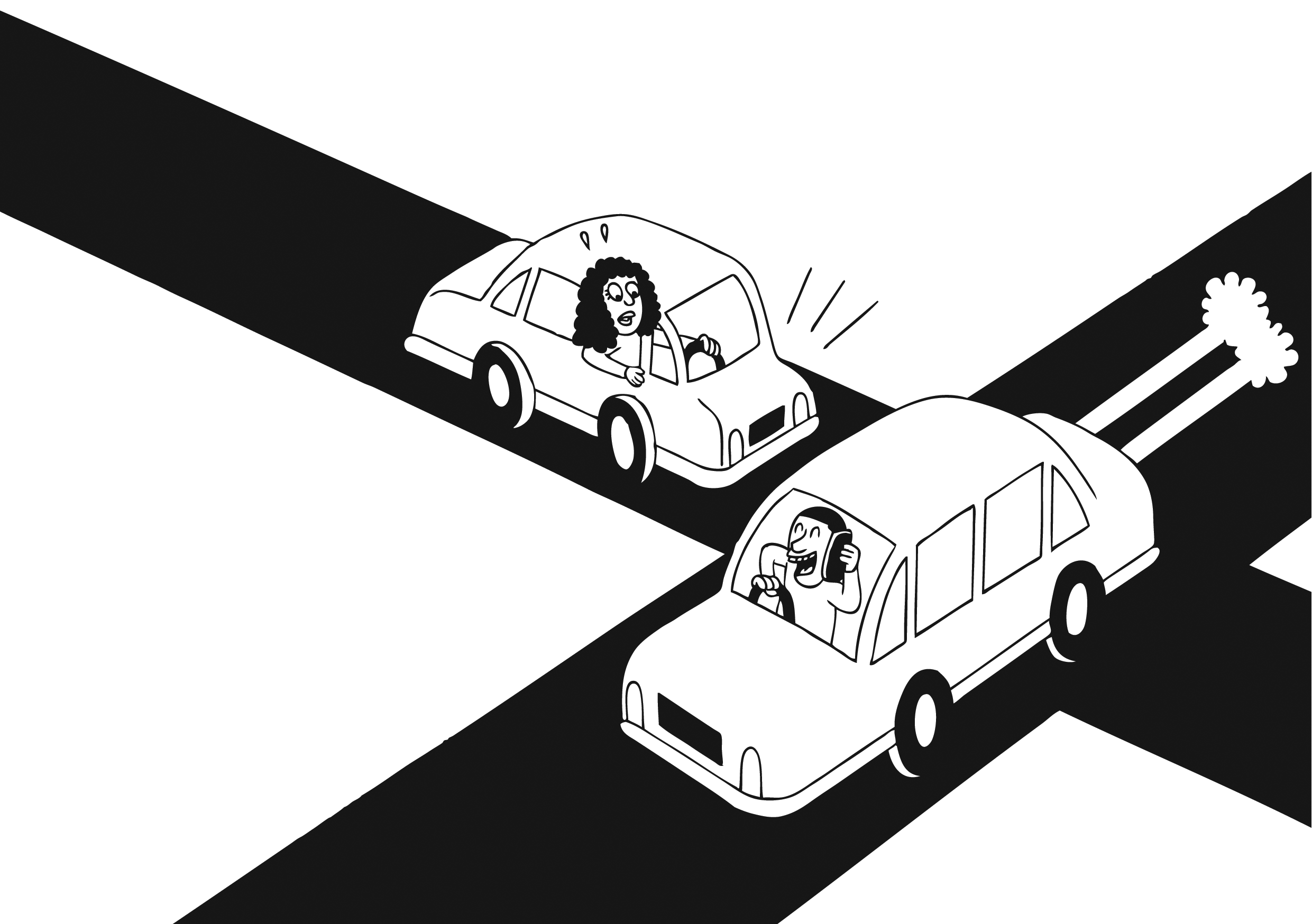A Daily Lesson in Survival
/Every day I see someone pick up their phone while driving. The instant they do, they enter a survival situation.
Research by Professor Dingus in Virginia quantified this. He says, “Taking your eyes off the road to dial a cell phone or look up an address and send a text increases the risk of crashing by 600 to 2,300 per cent.
If people were genuinely aware of this risk, they would never pick up the phone on the road. It is a genuine, life-at-risk survival situation. To take the risk, there’s got to be a lack of acknowledgement of the circumstances they are in. Either a sense that, ‘I’m so bloody good at driving, this risk doesn’t apply to me’ or ‘The traffic is cruisey, I’ve got heaps of space and time’. There are only three possible outcomes.
1. A near miss - this is the best possible outcome. It might shake the driver out of their complacent denial.
2. A sudden, violent reminder that Phone + Driving = Accident. This is, at the very least destructive, always traumatic and in the worst-case scenario, fatal. Definitely a bad outcome.
3. The driver gets away with it, reinforcing their delusion - this significantly increases the future potential for 1 or 2 to occur. The fact the driver got away with it increases their sense that they are not in a survival situation. They are more likely to do it again, in increasingly busy traffic conditions, and for longer periods of time.
All survival states are like this. The risk may not be directly to life or limb. It might be measured in financial or relationship terms, but lack of decisive and timely action will inevitably lead to a confrontation with the risk. What critical situations do you face but chose to ignore? Where might your blindspots be?
Reference. Dingus, T, Hanowski, R and Klauer, S “Estimating Crash Risk: Accident data must be considered in the context of real-world driving if they are to lead to realistic preventive behavior”. Human factors and Ergonomics Society, 2011



